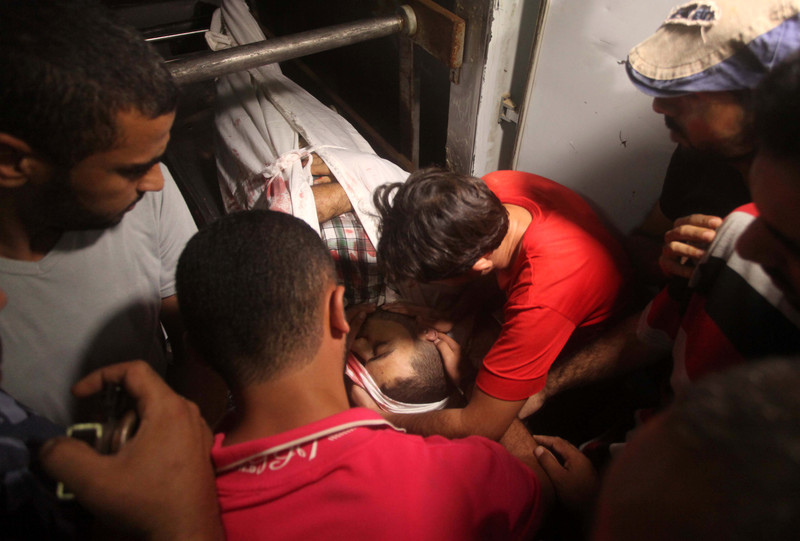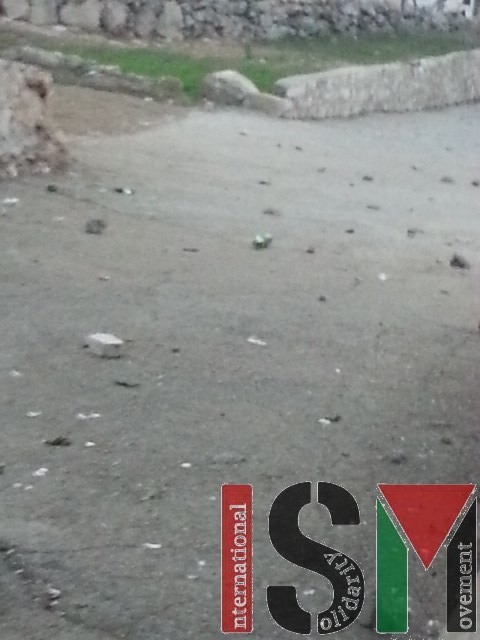Tag: Live Ammunition
-
Gaza: between rebellion and sacrifice
22nd October 2015 | International Solidarity Movement, Valeria Cortés | Gaza Strip, occupied Palestine How much hopelessness, suffering, unpunished abuse, how much spilled blood can the human heart take before bursting? “All I possess in the presence of the death is fury and pride” Mahmoud Darwish Ahmed Al Sarhi was executed in cold blood yesterday…
-
Settler and Soldier harassment continues for the Daana Family
19th October 2015 | International Solidarity Movement, Al-Khalil team | West Bank, occupied Palestine Members of the Daana family sat up into the early morning hours behind their home as explosions, gunshots and the whine of teargas canisters being fired rang out throughout the evening. In front of the family home where 16 children live,…
-
In al-Khalil (Hebron) the situation grows gravely worse
18th October 2015 | International Solidarity Movement, al-Khalil team | Hebron, occupied Palestine After a day of intensified violence in al-Khalil the midnight hour brought horrifying screams for help from local mosques, the screaming sirens of ambulances and clouds of teargas drifting through the streets from Bab al-Zawiya. Three young Palestinians in Khalil lay dead…



